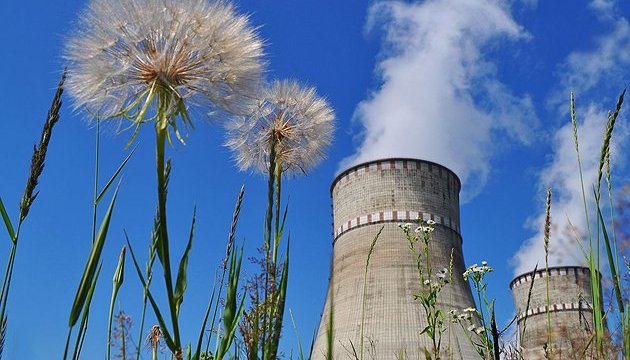УДК 552.33:553.3/.4:553.08 (477.45) • Issue 3 (31) / 2020 • 16-22 pages
Mihalchenko I., Andreev A., Pokalyuk V.
Mihalchenko I., Doc. of Sciences (geol.), leading researcher, SI State Institution “The Institute of Environmental Geochemistry of National Academy of Sciences of Ukraine”, alcoldan@i.ua, https://orcid.org/0000-0002-0946-1458
Andreev A., Ph.D (geol.), associate professor, Institute of Geology of Taras Shevchenko Kyiv National University, andreev@univ.kiev.ua, https://orcid.org/0000-0003-0954-7777
Pokalyuk V., Doc. of Sciences (geol.), leading researcher, State Institution “The Institute of Environmental Geochemistry of National Academy of Sciences of Ukraine”, pvskan@ukr.net, https://orcid.org/0000-0002-9282-0246
Abstract
The article presents the results of the study of the mineral composition of ore albitites and the chemical composition of feldspars of the Partyzan thorium-uranium deposit of the Partyzan ore field of the Central Ukrainian uranium ore area of the Kirovograd metallogenic region of the metallogenic province of Ukrainian Shield. According to the results of electron microscopic examination of the thin sections from the zone of near-ore changes of the original granite, it is established that albite is the main mineral of the zone of near-ore changes of the Partyzan deposit. A preview of the transparent thin sections on a polarization microscope revealed the presence of feldspars in the rock which are similar to potassium feldspar (orthoclase and microcline) of the original granite in terms of the internal structure. However, in the process of electron microscopic studies, it was found that the major mineral of the investigated sections is albite. In a considerable number of cases, these are albite pseudomorphoses on the original crystals of orthoclase, microcline, and oligoclase with preservation of the internal structure and morphology of the starting minerals. The composition of dark-colored minerals is classified as actinolite-diopside and chlorite-epidote varieties of these metasomatites. Among the accessory and ore minerals were found the following: magmatic (relict) – zircon, apatite, monazite; pneumatolitho-hydrothermal – siderite, barite, titanite, torite, hematite, nasturan, galena; unrecognized – coffinite (?), uranium-thorium-rare earth minerals (mixture). Near-ore pneumatolitho-hydrothermal rocks of the deposit are classified as apogranitic albitites, the posterior zone of the column of alkaline sodium metasomatites of the fault zones. This confirms the results of a field survey carried out by the Search and survey expedition № 46 of KP “Kirovgeologiya” and aimed at an intersection of Partyzan deposit albitites, as well as the validity of the classification of the near-ore changes as a geological formation of alkaline sodium metasomatites of deep fault zones.
Key words: thorium-uranium deposits, albitites, alkaline sodium metasomatites, Ukrainian shield, Precambrian.
Article
Reference
- Albyt: opysanye mynerala. Available at: https://natural-museum.ru/mineral/al’byt
- Belevtsev, Ya.N., Koval, V.B., Bakarzhyev, A.Kh. (1995), Naukova dumka, Kyiv, 396 p.
- Zarayskyy, H.P. (1989), Nauka, Moskva, 341 p.
- Mihalchenko, I.I. (2016), Mineralohichnyy journal, Vol. 38, № 4, pp. 54–65.
- Omel’yanenko, B.Y. (1978), Nedra, Moskva, 214 p.
- Synytsyn,V.O., Mihalchenko, I.I., Shevela, A.Yu. (2014), Geology and Mineralogy Bulletin of Krivoy Rog National University, № 1–2, pp. 50–60.
